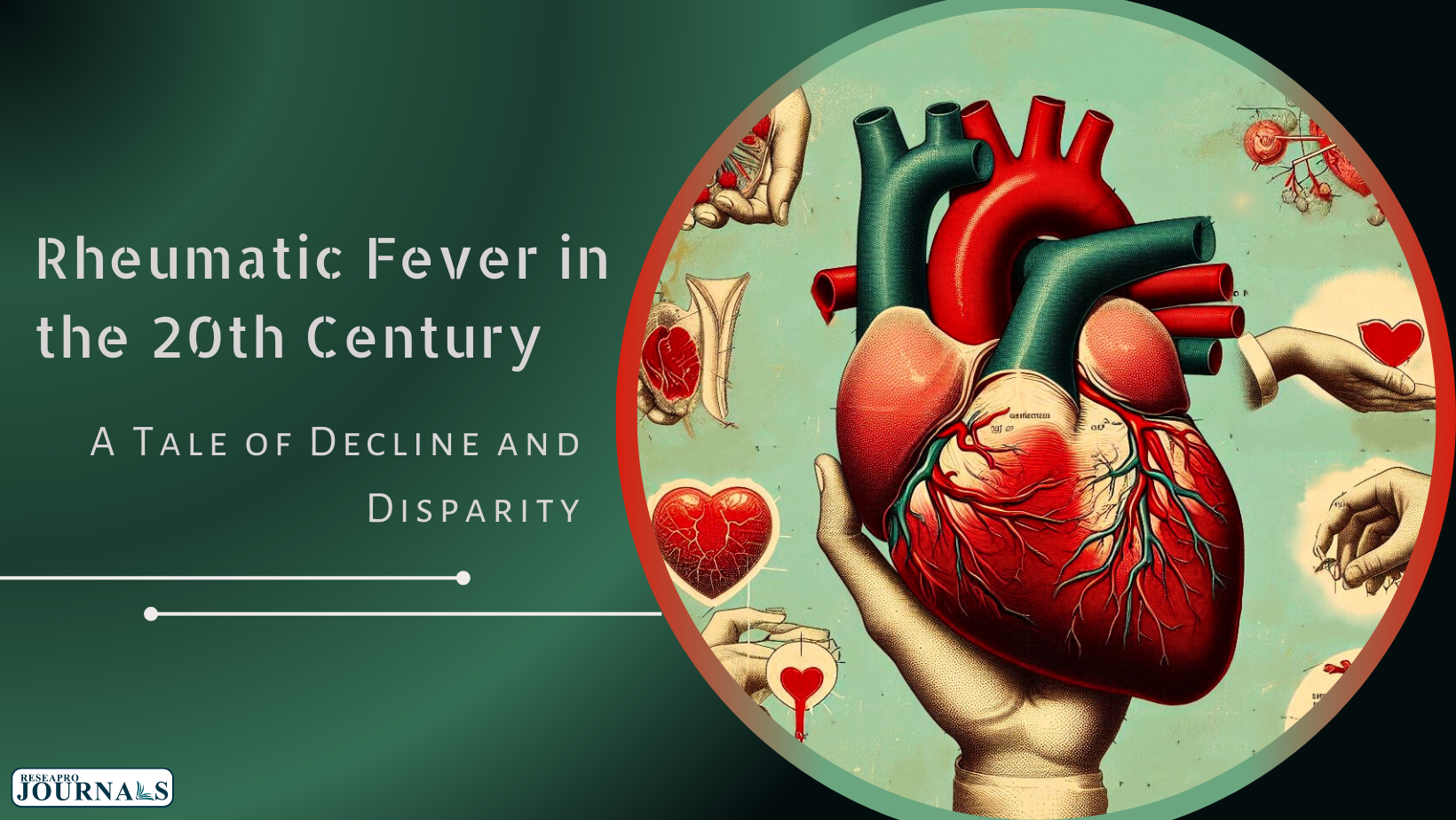
Imagine a time when childhood strep throat wasn’t just an inconvenience but a potential gateway to heart disease. That was the reality for many children in the 20th century when rheumatic fever reigned as a leading cause of heart problems. But thanks to a remarkable story of public health intervention and scientific advancement, this silent threat has been largely vanquished. Here’s a deeper dive into its prevalence, challenges, and the public health efforts that led to its decline:
1. The Scope of the Problem:

- In the early 20th century, rheumatic fever was a leading cause of death in children, particularly in developed countries. Estimates suggest up to 3% of children developed rheumatic fever after untreated strep throat infections.
- This resulted in a high prevalence of rheumatic heart disease (RHD), causing heart valve damage and leading to heart failure and other complications.
2. Challenges and Contributing Factors:
- Poor living conditions, overcrowding, and inadequate sanitation facilitated the spread of strep throat infections, fueling the rise of rheumatic fever.
- Limited access to healthcare and antibiotics further exacerbated the issue, as prompt treatment of strep throat could prevent rheumatic fever development.
- Lack of awareness and understanding of the disease’s cause and course hindered early diagnosis and intervention.
3. Public Health Efforts and Their Impact:
- The 20th century saw a multi-pronged approach to combating rheumatic fever:
- Improved living standards: Public health initiatives focused on better housing, sanitation, and hygiene, thereby reducing transmission of strep throat.
- Antibiotic development and accessibility: The widespread availability and use of antibiotics, particularly penicillin, drastically reduced the incidence of untreated strep throat infections.
- Awareness campaigns: Educating communities about rheumatic fever, its connection to strep throat, and the importance of seeking timely medical care became crucial.
- These efforts led to a dramatic decline in rheumatic fever cases in developed countries throughout the later half of the 20th century.
4. Disparities and Current Situation:
- While largely under control in developed nations, rheumatic fever and RHD remain major public health issues in developing countries and underserved communities.
- Poverty, limited access to healthcare, and inadequate sanitation continue to contribute to the prevalence of the disease.
- Ongoing research and efforts focus on further reducing the burden of rheumatic fever globally, including vaccine development, improved diagnostics, and access to antibiotics.
